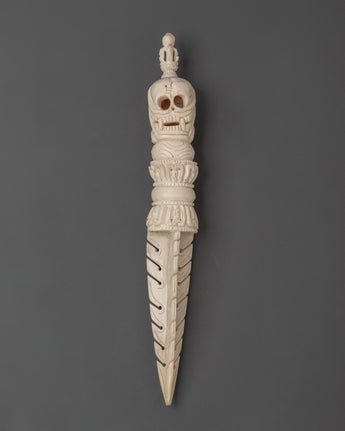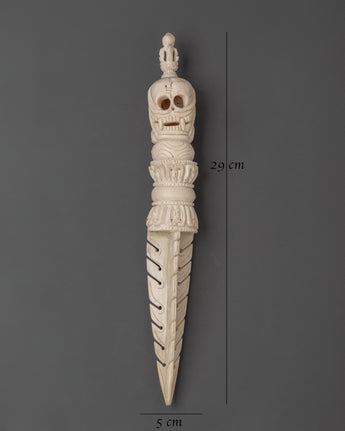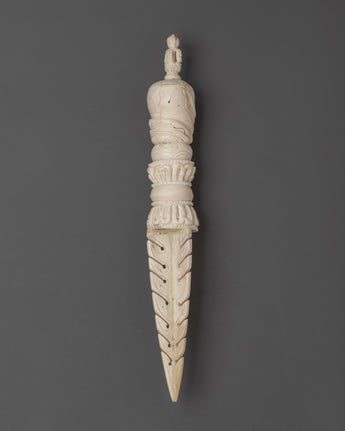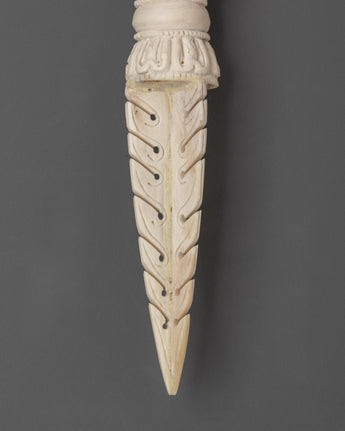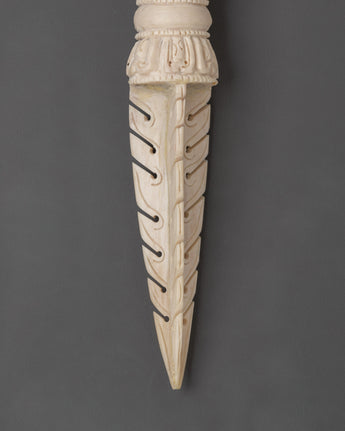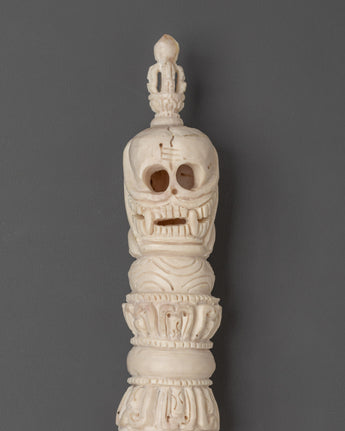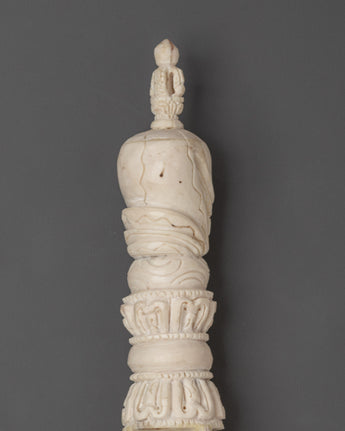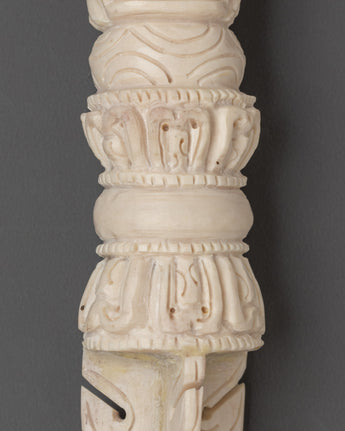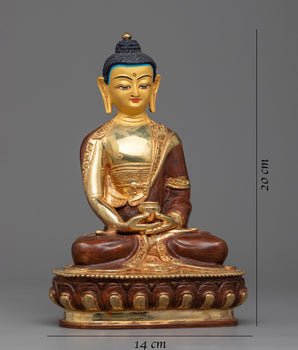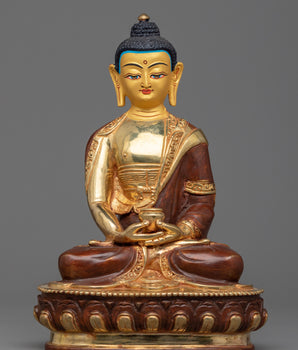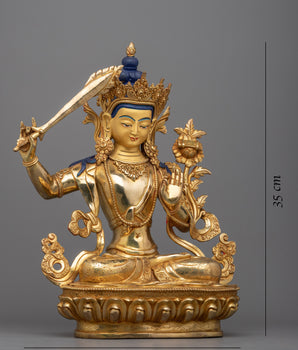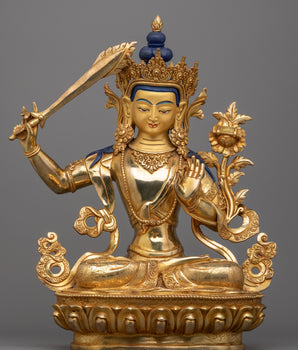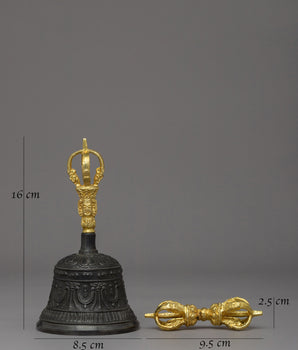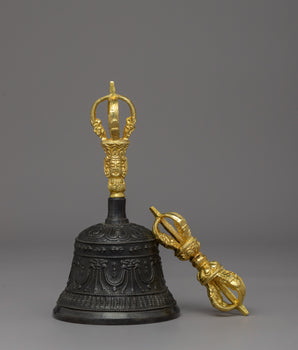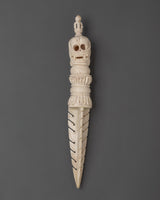
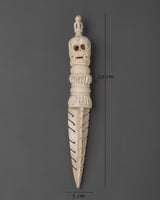
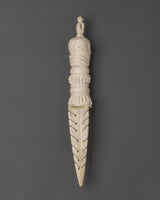
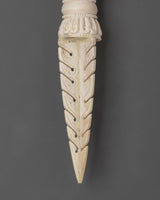
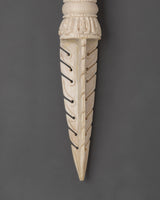
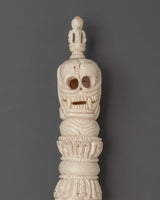
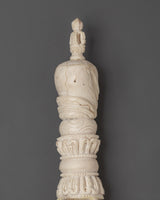
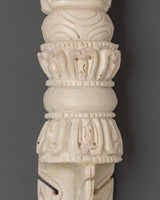
Sacred Tibetan Phurba Ritual Dagger | Ethically Sourced Yak Bone Buddhist Dagger

100% AUTHENTIC

HANDMADE

FREE SHIPPING
Sacred Tibetan Phurba Ritual Dagger | Buddhist Spiritual Tool for Protection and Meditation
--------------------------------------------
Size: 29cm (Height) x 5cm (Width)
Weight: 0.15kg
Materials: Ethically Sourced Yak Bone
--------------------------------------------
About The Ritual Item :
This Sacred Tibetan Phurba Ritual Dagger is carefully handcrafted from ethically sourced yak bone, measuring 29 cm in height, 5 cm in width, and weighing 0.15 kg. In Tibetan Buddhist tradition, the phurba is revered as a sacred ritual implement, used to anchor spiritual energy, dispel obstacles, and consecrate sacred space. Its presence carries centuries of Himalayan ritual heritage, representing both transformation and divine protection.
The dagger’s intricate design features a crowned skull at the hilt, symbolizing impermanence and the transcendence of worldly illusions. Beneath it rests a three-pronged vajra motif, embodying indestructible wisdom and spiritual power. The triple-edged blade, a hallmark of Tibetan phurbas, signifies the cutting away of ignorance, desire, and aversion. Each carved detail reflects devotion and artistry, making this piece a bridge between ritual practice and sacred symbolism.
This Tibetan Phurba Ritual Dagger holds deep meaning as both a ritual object and a meditative focus. It represents the union of wisdom and compassion, guiding practitioners toward clarity and spiritual awakening. Highly valued among collectors of Tibetan Buddhist ritual items, monks, and practitioners, this Buddhist phurba dagger is honored as a vessel of protection, transformation, and spiritual empowerment.
Introduction To The Phurba :
The ceremonial dagger (Sanskrit: Kila; Tibetan: phurba) is essential for expelling evil and is considered particularly effective in neutralizing the forces obstructing Tantric Buddhist practice. It has ancient origins, first appearing in the Indian Rig Veda as the core blade of the vajra used by Indra to destroy the primordial cosmic snake Vritra. Kila, derived from Sanskrit, was most likely associated with Vedic sacrifices. Meditation on the Vajrakila Tantra, an early Indian scripture first promoted in Tibet in the eighth century by Padmasambhava, one of the founding teachers of Tibetan Buddhism, is used to invoke the three-headed Vajrakila Buddha.
How to Set Up Your Buddhist Shrine?
Find a clean, quiet, and uncluttered spot.
Please set up an altar table and cover it with an altar cloth that calls to you.
Place your sacred item (statue, thangka, or a picture of Buddha) at the center.


